David is a 1.7-meter-tall marble statue created by Gian Lorenzo Bernini in Rome between 1623 and 1624. Bernini was 25 when he received the commission from Cardinal Scipione Borghese. Around the same time, he also received commissions for the statues Aeneas, Anchises and Ascaniu, The Rape of Proserpina and Apollo and Daphne. Bernini portrayed David at the moment the biblical hero faced the giant Goliath, armed with nothing more than a stone. On the ground lie David’s armor and harp, on which an eagle’s head – symbol of the Borghese dynasty – can be seen. The statue fit into the period’s established iconography. Donatello, Verrocchio and Michelangelo had also sculpted biblical heroes. During the Renaissance, David had been immortalized in an erect, immobile, impassive position, cognizant of his virtuous superiority.
But Bernini broke with precedent in attempting to render David at the moment of greatest physical exertion, during the fight. His tense muscles and curved abdomen make the marble pliant, giving the whole scene a look of remarkable immediacy. The way the upper body is made to twist suggests Bernini’s inspirations, namely Mirone’s Discobolo [455 BC] and Annibale Carracci’s Polifemo [1597]. The sculpture was designed to be viewed from various angles, highlighting the rotation in the throw and the body’s more dynamic aspects as David completes the gesture. When seen from the right, it seems like David is placing his weight on one leg in the act of throwing. But when viewed from the front, the scene seems to be a freeze-frame of the warm-up: the body’s coil immediately before the violent act of throwing of the stone. This frozen vantage point heightens the tension, highlighting that suspended moment between opposing movements, that of the body preparing and that of the release. With its wrinkled forehead and tightly-pressed lips, David’s face seems like a replica of Bernini’s face, making this a kind of self-portrait in which the travails of the hero reflect those of the sculptor as he labored over the marble. According to legend, Cardinal Maffeo Barberini, who would later become Pope Urban VIII, held up a mirror so that Bernini could watch himself at work. Bernini’s David is on display in the Borghese Gallery in Rome.
But Bernini broke with precedent in attempting to render David at the moment of greatest physical exertion, during the fight. His tense muscles and curved abdomen make the marble pliant, giving the whole scene a look of remarkable immediacy. The way the upper body is made to twist suggests Bernini’s inspirations, namely Mirone’s Discobolo [455 BC] and Annibale Carracci’s Polifemo [1597]. The sculpture was designed to be viewed from various angles, highlighting the rotation in the throw and the body’s more dynamic aspects as David completes the gesture. When seen from the right, it seems like David is placing his weight on one leg in the act of throwing. But when viewed from the front, the scene seems to be a freeze-frame of the warm-up: the body’s coil immediately before the violent act of throwing of the stone. This frozen vantage point heightens the tension, highlighting that suspended moment between opposing movements, that of the body preparing and that of the release. With its wrinkled forehead and tightly-pressed lips, David’s face seems like a replica of Bernini’s face, making this a kind of self-portrait in which the travails of the hero reflect those of the sculptor as he labored over the marble. According to legend, Cardinal Maffeo Barberini, who would later become Pope Urban VIII, held up a mirror so that Bernini could watch himself at work. Bernini’s David is on display in the Borghese Gallery in Rome.
RELATED
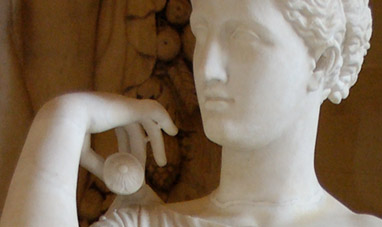

PRAXITELES
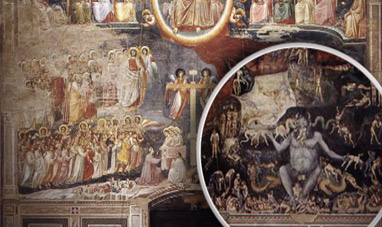

SCROVEGNI CHAPEL
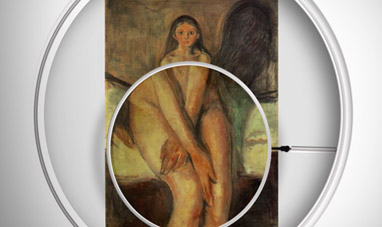

PUBERTY
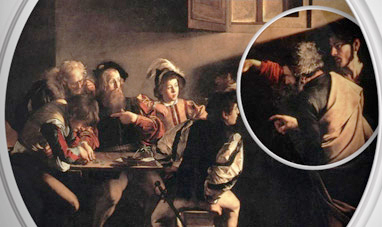

THE CALLING OF ST. MATTHEW


GIOTTO-S-FRESCOES-IN-THE-ASSISI-CATHEDRAL


THE ECSTASY OF SAINT TERESA
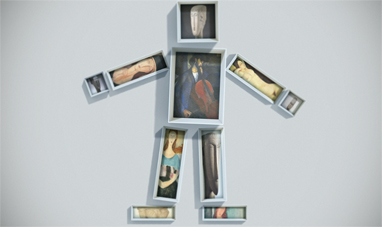

AMEDEO MODIGLIANI
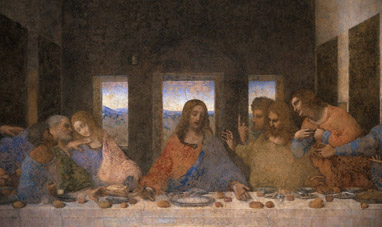

THE LAST SUPPER
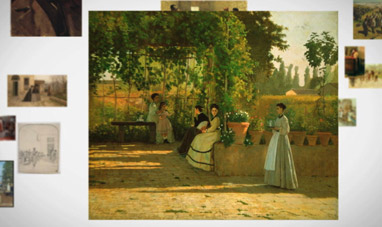

THE MACCHIAIOLI


DISQUIETING MUSES


THE THREE GRACES
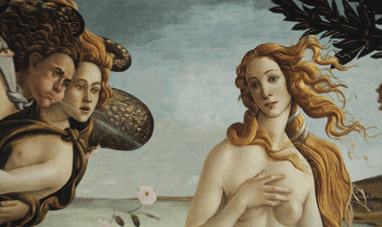

THE RENAISSANCE


LADY WITH AN ERMINE
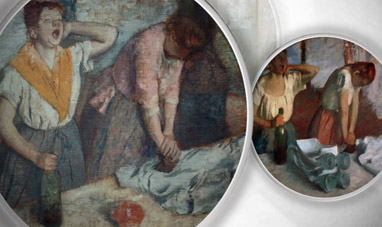

WOMEN IRONING
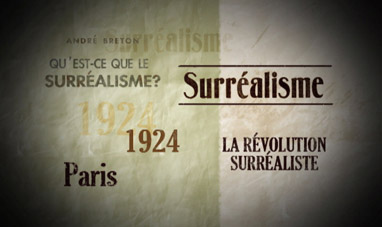

SURREALISM
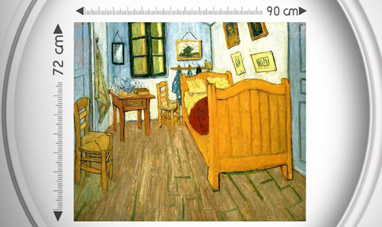

THE BEDROOM
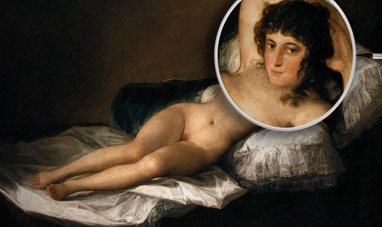

THE NUDE MAJA


YOUNG BOY WITH A BASKET FRUIT
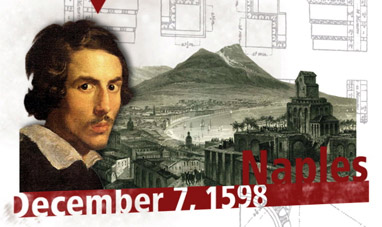

GIANLORENZO BERNINI


GIULIO PAOLINI
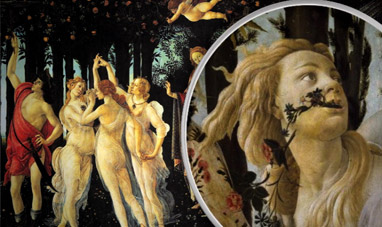

PRIMAVERA
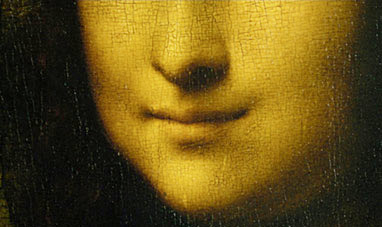

THE MONA LISA


LAS MENINAS


LOVE SONG
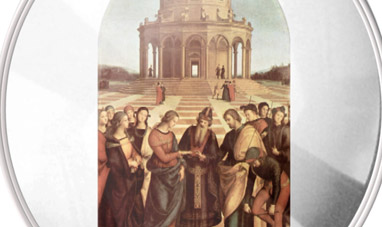

THE MARRIAGE OF THE VIRGIN
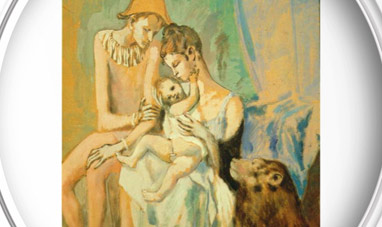

FAMILY OF ACROBATS, WITH MONKEY
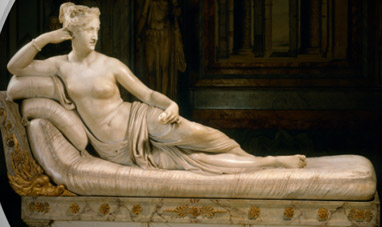

PAULINE BORGHESE
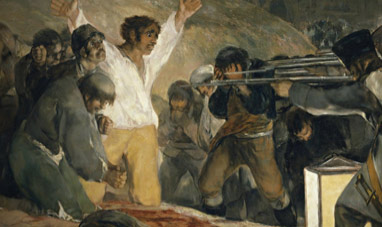

THE THIRD OF MAY 1808: THE EXECUTION OF THE DEFENDERS...


MADONNA OF THE GOLDFINCH
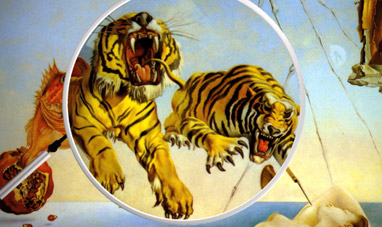

DREAM CAUSED BY THE FLIGHT OF A BEE AROUND A...
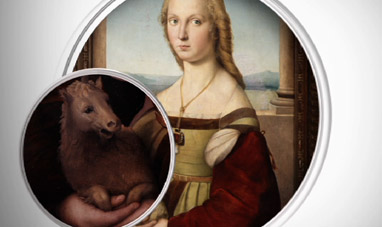

YOUNG WOMAN WITH UNICORN


ST. PETER'S BALDACHIN


IMPRESSIONISM


ROMANTICISM
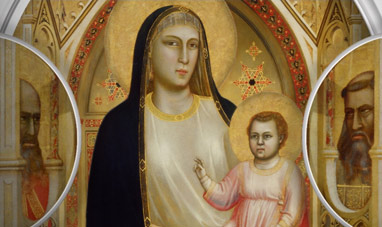

THE MADONNA DI OGNISSANTI
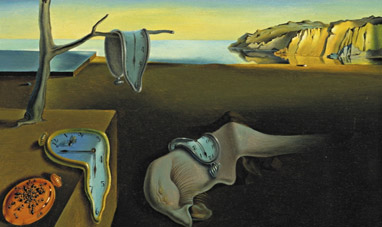

THE PERSISTENCE OF MEMORY
